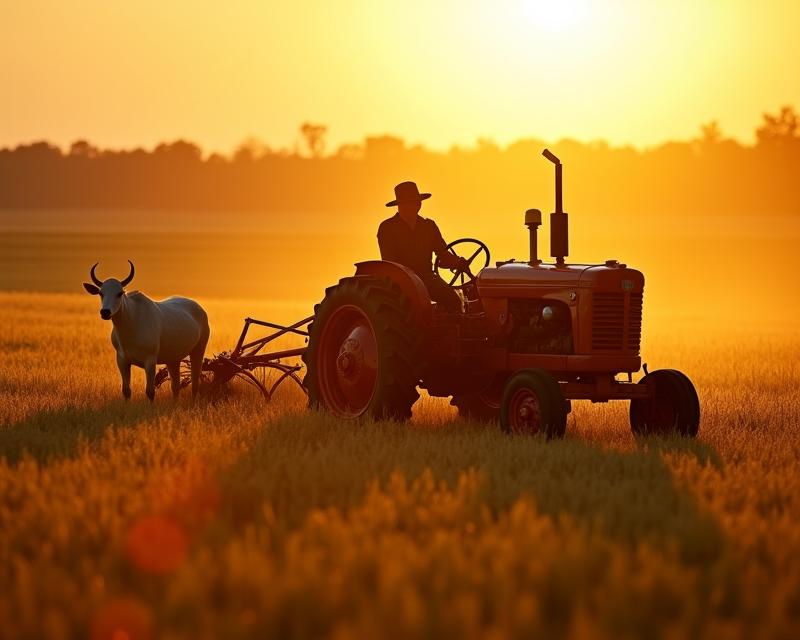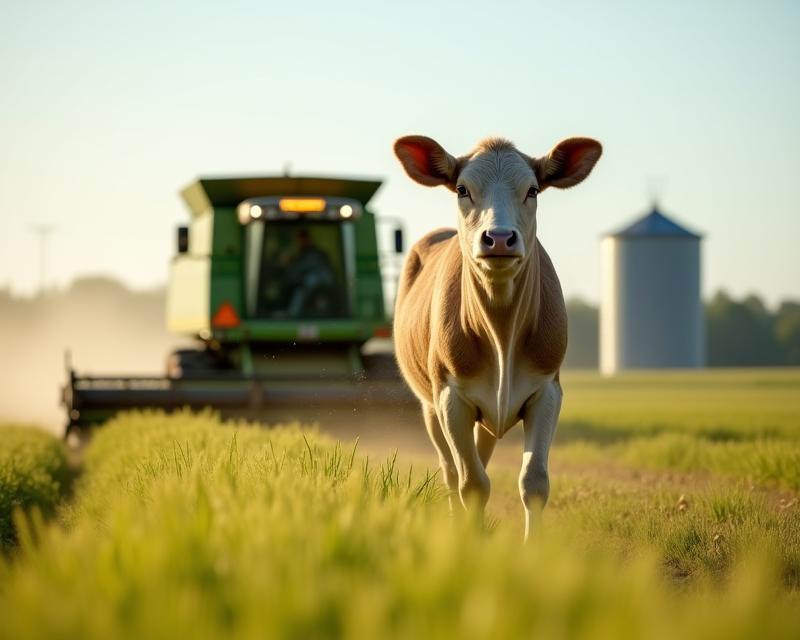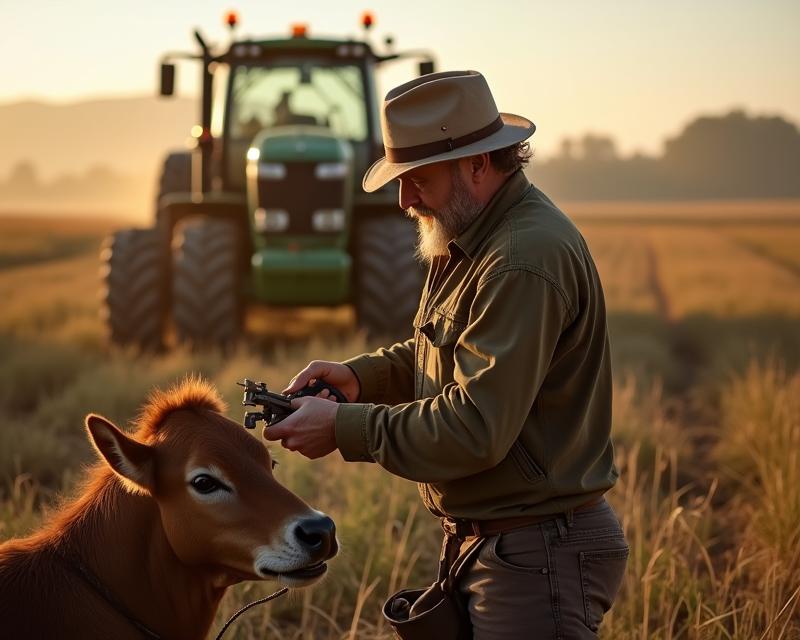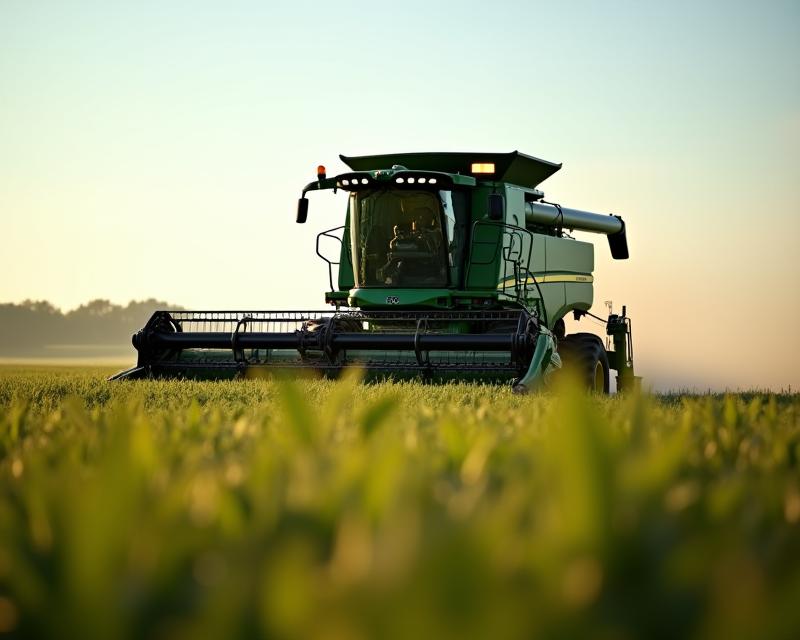Fuel's Rise: Simplicity vs. Complexity in Farming
Publish in Farm el 04/07/2025 15:53
Fuel's Rise: Simplicity vs. Complexity in Farming
For generations, the heart of farming machinery beat with a simple rhythm: fuel. Tractors, combines, and other essential tools relied on gasoline or diesel to power their operations. This reliance on a straightforward energy source fostered a culture of mechanical simplicity. Early farm equipment was designed for ease of maintenance and repair, a necessity when parts weren't readily available and specialized technicians were scarce. The beauty of these machines lay in their direct relationship between fuel and function – add fuel, and the engine worked.

Think back to the early 20th century. A farmer could often diagnose and fix a tractor problem with basic tools and a good understanding of engines. The focus was on reliable power, not on complex electronic systems or sophisticated computer controls. This era valued durability and straightforward mechanics. The design philosophy was, "Keep it simple, keep it running." This approach was perfectly suited to the demands of farm life, where downtime could mean lost harvests and financial hardship.
But over time, things changed. The pursuit of increased efficiency, precision, and automation led to a dramatic shift in farm equipment design. We now have GPS-guided tractors, self-steering combines, and planters with intricate sensor systems. These machines offer incredible advantages – reduced overlap, optimized seed placement, and data-driven insights into crop health. However, this progress has come at a cost. These advanced systems require specialized knowledge, complex diagnostics, and expensive repairs. The farmer's intimate understanding of their equipment has been somewhat diminished.
While the advancements are undeniable, it's worth reflecting on the value of that original simplicity. There's a certain elegance in a machine that does exactly what it's designed to do, without unnecessary frills. As technology continues to evolve, it's important to remember the principles of reliability and ease of maintenance that guided early farm equipment design. Perhaps a balance can be struck – leveraging technology to improve efficiency while retaining a degree of mechanical understanding and simplicity. After all, the farmer's connection to their tools is a vital part of the farming experience, and that connection shouldn't be lost in the pursuit of ever-greater complexity. Understanding the history of farming equipment helps us appreciate the present and consider the future of our agricultural practices.





